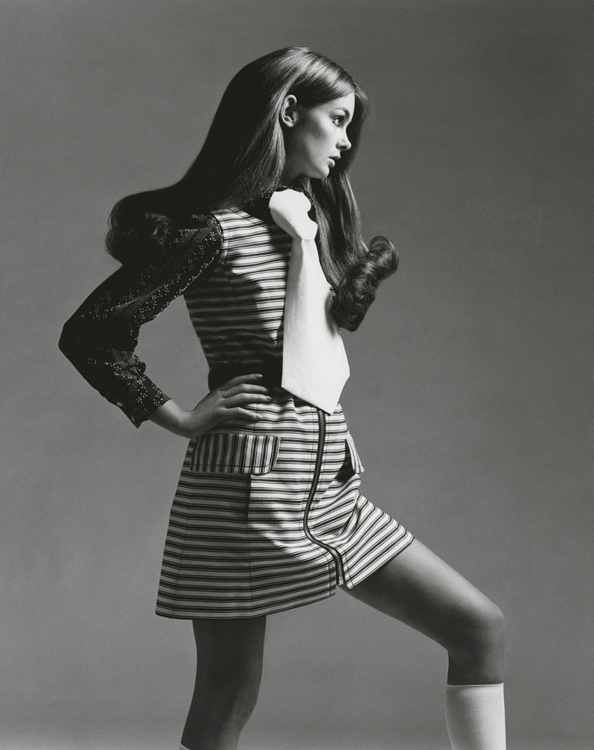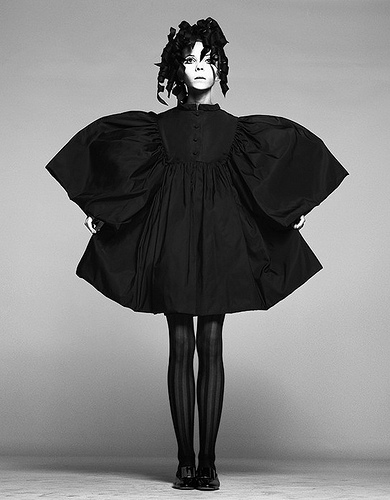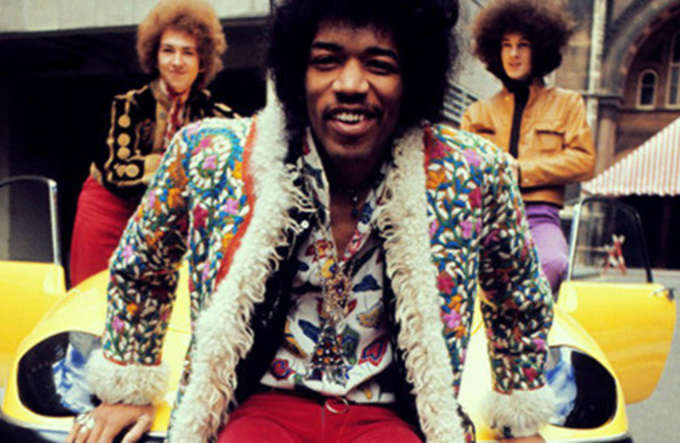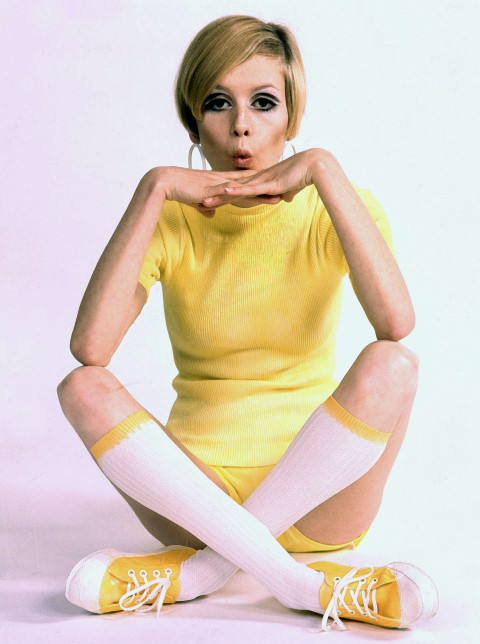Turtlenecks, velvet jackets, bell bottom pants, the miniest of mini skirts and go-go boots. All of which are destined to make an appearance in Quentin Tarantino’s new film Once Upon a Time in Hollywood. Will it inspire designers to create a comeback line of block colours, polka dots and psychedelic patterns?
With another Tarantino film on the way, set in the year of 1969, the bright and colourful 60’s fashion wear is bound to inspire a return of plaid dresses, high thigh boots and bold colours.
The ‘Swinging Sixties’ as they called it birthed many different fashion trends for both men and women. The different styles reflected the rapidly changing attitudes of the decade and all were inspire by the pop art movement.
In honour of Tarantino’s upcoming film, we have pulled together our favourite 60’s icons, whose fashion influences changed the industry.
Jean Shrimpton

Considered one of the world’s first supermodels, Jean Shrimpton was also one of the pioneers of the miniskirt, the Sixties main accoutrement. The model made headlines when she wore a miniskirt with no stockings, hat, or gloves to the Australian Melbourne Cup Carnival debut in 1965.
Shrimpton’s sartorial combinations mostly consisted of a blouse paired with a mini skirt, or striped and plaid mini dresses and knee-high boots or socks. She was a trailblazer for a new kind of style, constantly making new statements and going against most of the traditional women’s styles.
Her career peaked while in a relationship with David Bailey, who if not definitely, helped her career as much as she helped his. Photographers and models unite!
Penelope Tree

Known for her exaggerated mascara, slender figure and Gothic-esque make-up, Penelope Tree’s style was as oddly charming as her appearance.
The model defied the fashion norms, even going against the more out-there Sixties looks and opting, instead, for a more romantic aesthetic that spoke of drama, glamour and rock influences.
She would often wear slim-fitting psychedelic patterned mini dresses, or flowing garments painted with vivid bold colours, or a more Gothic romantic assortment of black on black.
Penelope also formed a relationship with the photographer David Bailey years after Jean Shrimpton, and their relationship went on for 7 years. It seems he knew how to pick his icons.
Jimi Hendrix
We couldn’t discuss Sixties fashion without mentioning the King of psychedelic style himself, Jimi Hendrix. The guitar legend knew how to pair pattern with more pattern better than anyone else. When you picture Hendrix, he’s surely dressed in an iconic combination of bell bottom pants, a patterned shirt full of vivid colours and an equally coloured vest. And a special mention to the man’s accessories game: he was rarely without a clutter of necklaces, rings and head scarfs. Hendrix did male fashion like no other.

The Beatles
Before there was Steve Jobs, there were The Beatles and their turtlenecks. In what was in total opposition to Hendrix’s wild palette, The Beatles boys stuck to a uniform of pared-back jumpers and velvet jackets. The look was emulated by the masses and remains relevant for anyone looking to vibe that low-key creative look. A timeless trend, if there ever was one.

Twiggy

Twiggy was the teenage model to look up to; her vibrant and playful fashion spoke of a youthful fun.
Her go-to look never strayed far from shift dresses with exaggerated collars, turtlenecks or overgrown buttons, in a palette of baby pink, sunshine yellow, white and red or an otherwise variation of plaids, checks and stripes.
Many of the 60’s sartorial stereotypes, from psychedelic barbie doll costumes to a more tomboyish, coltish aesthetic, stemmed from the freckled-faced teenager herself.
Edie Sedgwick

Once Andy Warhol‘s muse and another 60’s icon lost too soon, Edie Sedgwick epitomised the more effortless glamour of the decade.
Sedgwick’s unquestionably edgy look belonged to the more is more school of thinking. She was known for layering fur and leopard print over t-shirts, which were often worn in place of dresses. By putting together simple striped black and white pants with a slightly oversized white t-shirt and low slung kitten heels with a fur coat, one could nail the Sedgwick look.
Sedgwick’s pile it on approach also translated in her makeup and accessories game. She was rarely seen without chandelier earrings, exaggerated eye make-up and false lashes, all of which complemented her boyish haircut.
What do you make of the swinging sixties fashion? Let us know your favourite icon below!






